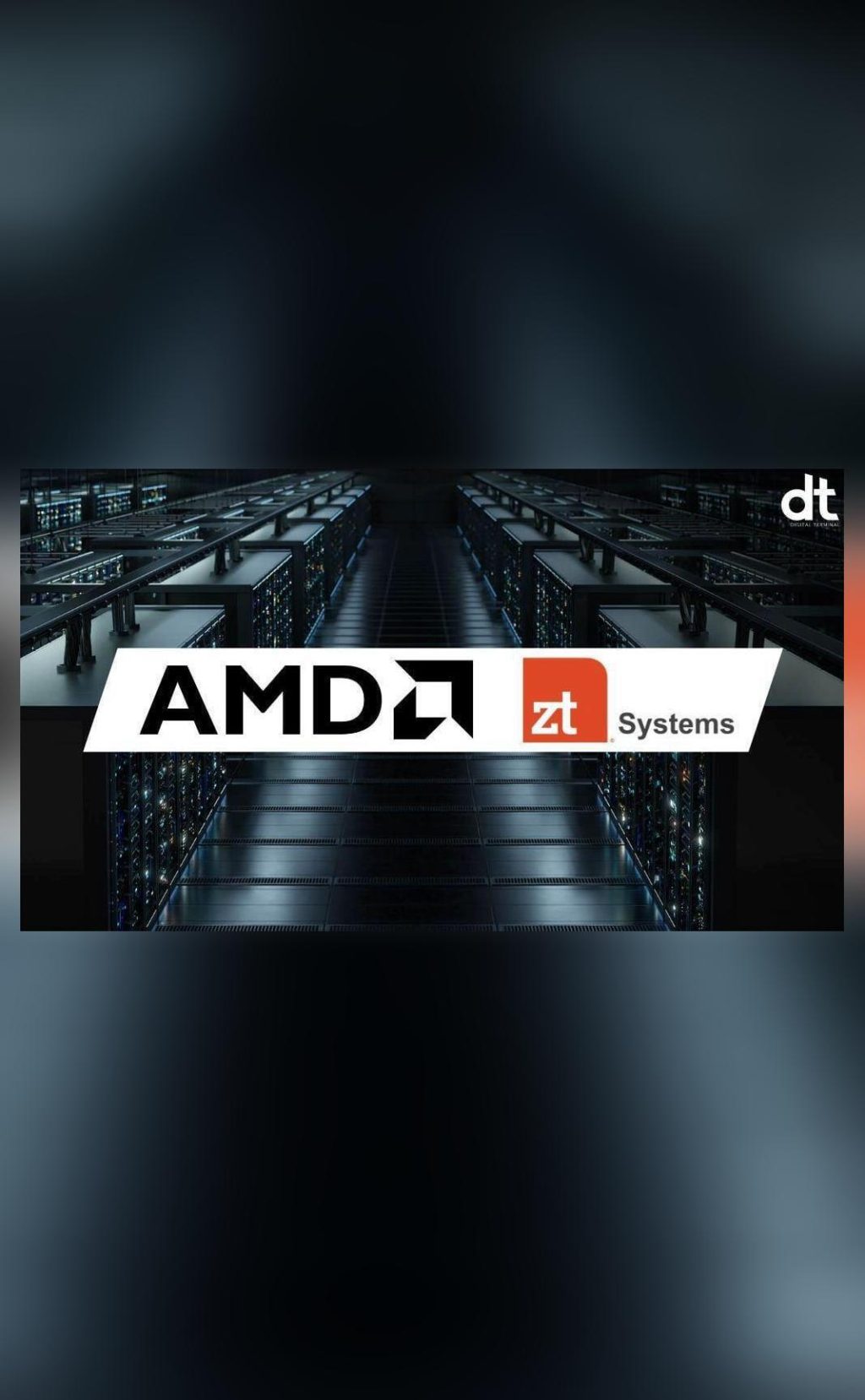
AMD Acquires ZT Systems to Boost AI & Data Center Strength
In a strategic move to bolster its Artificial Intelligence (AI) and Data Center capabilities, AMD, a leading semiconductor company, has completed the acquisition of ZT Systems, a renowned provider of AI and general-purpose compute infrastructure for the world’s largest hyperscale providers.
This significant acquisition positions AMD as a prominent player in the AI and Data Center markets, enabling the company to offer a new class of end-to-end AI solutions that cater to the increasing demands of cloud, AI, and data analytics. The transaction is expected to be accretive on a non-GAAP basis by the end of 2025, further solidifying AMD’s position in the competitive semiconductor landscape.
The Acquisition: What it Means for AMD and the Industry
The acquisition of ZT Systems marks a significant milestone in AMD’s journey to strengthen its presence in the AI and Data Center markets. ZT Systems brings to the table a rich portfolio of high-performance, low-power server and storage solutions that are specifically designed for AI and machine learning workloads.
With this acquisition, AMD gains access to ZT Systems’ expertise in designing and manufacturing custom AI and data center solutions for hyperscale providers. This expertise will enable AMD to develop a new class of end-to-end AI solutions that cater to the specific needs of cloud, AI, and data analytics workloads.
The acquisition also expands AMD’s offerings in the realm of data center and cloud computing, allowing the company to tap into the growing demand for cloud-based services and data analytics. This move is expected to strengthen AMD’s position in the competitive semiconductor market, where companies like NVIDIA, Intel, and Microsoft are also vying for dominance.
Benefits for AMD and Its Customers
The acquisition of ZT Systems is expected to bring numerous benefits to AMD and its customers. Some of the key benefits include:
- Enhanced AI Capabilities: The acquisition will enable AMD to offer a new class of end-to-end AI solutions that cater to the specific needs of cloud, AI, and data analytics workloads. This will allow AMD to provide its customers with more powerful and efficient AI solutions that can process large amounts of data quickly and accurately.
- Strengthened Data Center Capabilities: The acquisition will expand AMD’s offerings in the realm of data center and cloud computing, allowing the company to tap into the growing demand for cloud-based services and data analytics. This will enable AMD to provide its customers with more comprehensive data center solutions that cater to their specific needs.
- Increased Efficiency and Scalability: The acquisition will enable AMD to offer its customers more efficient and scalable solutions that can handle the increasing demands of cloud, AI, and data analytics. This will allow AMD’s customers to process large amounts of data quickly and accurately, while also reducing their energy consumption and costs.
- Competitive Advantage: The acquisition will give AMD a competitive advantage in the semiconductor market, where companies like NVIDIA, Intel, and Microsoft are also vying for dominance. This will enable AMD to differentiate itself from its competitors and establish itself as a leader in the AI and Data Center markets.
Conclusion
The acquisition of ZT Systems by AMD is a significant development in the AI and Data Center markets, marking a major milestone in AMD’s journey to strengthen its presence in these markets. The acquisition will enable AMD to offer a new class of end-to-end AI solutions, expand its offerings in the realm of data center and cloud computing, and provide its customers with more efficient and scalable solutions.
As the demand for cloud-based services and data analytics continues to grow, AMD is well-positioned to capitalize on this trend with its enhanced AI and Data Center capabilities. The acquisition of ZT Systems is a strategic move that will enable AMD to stay ahead of the curve and maintain its position as a leader in the competitive semiconductor market.
Source:






